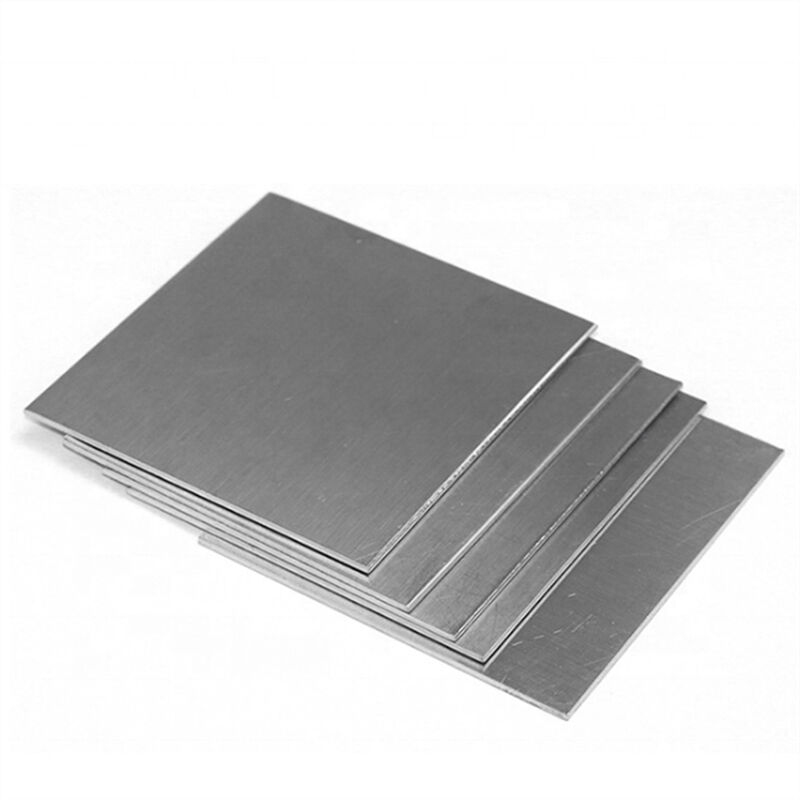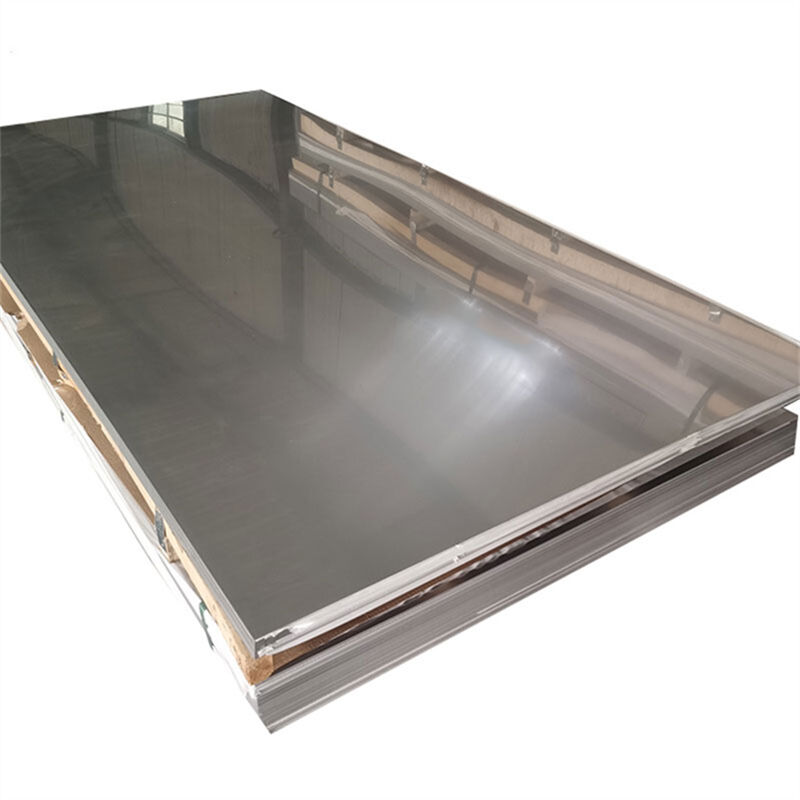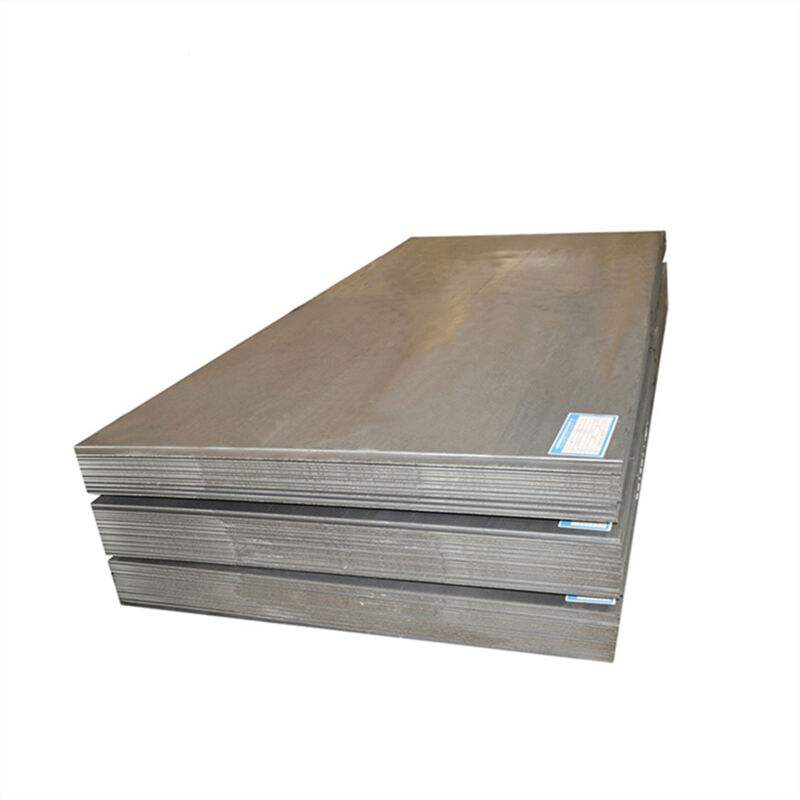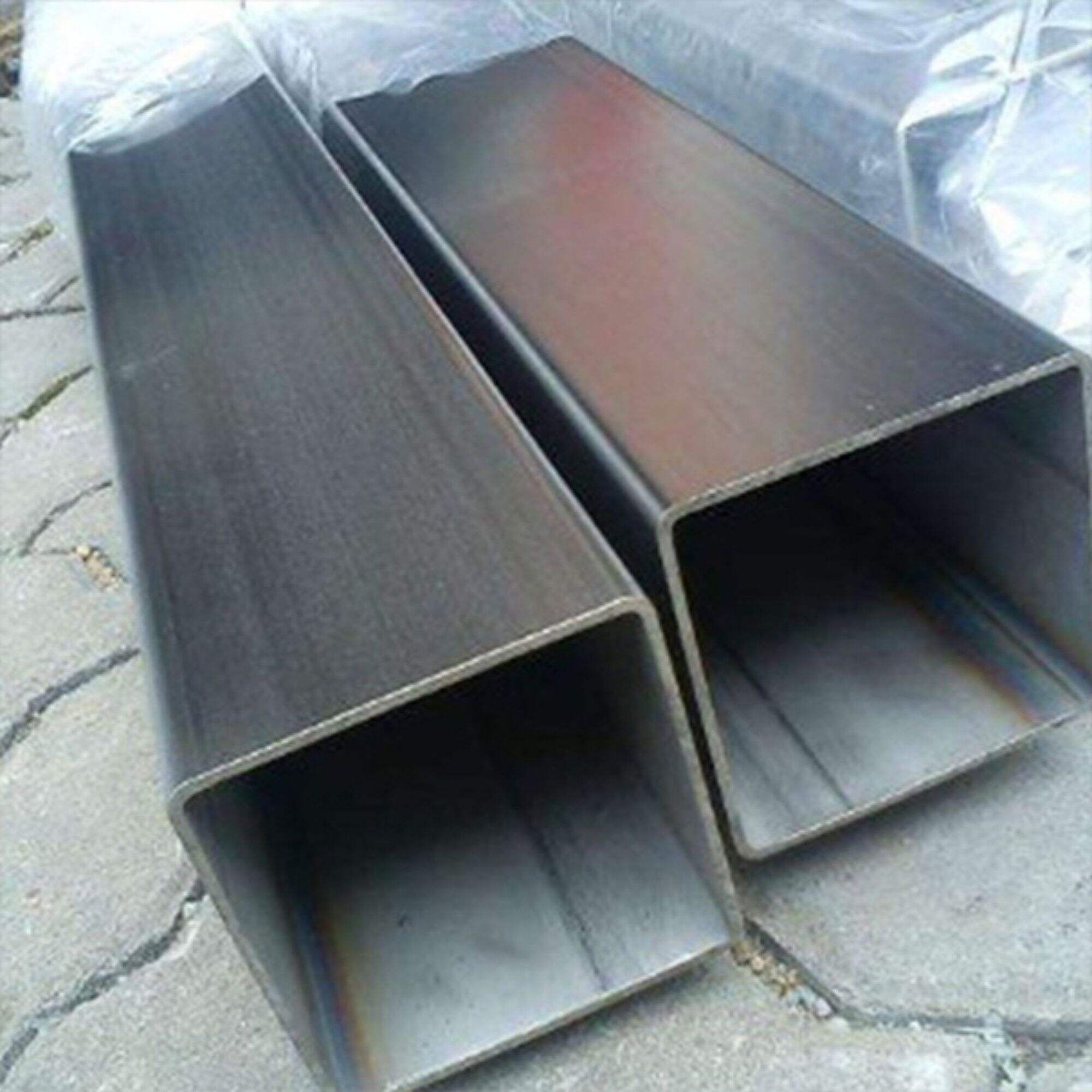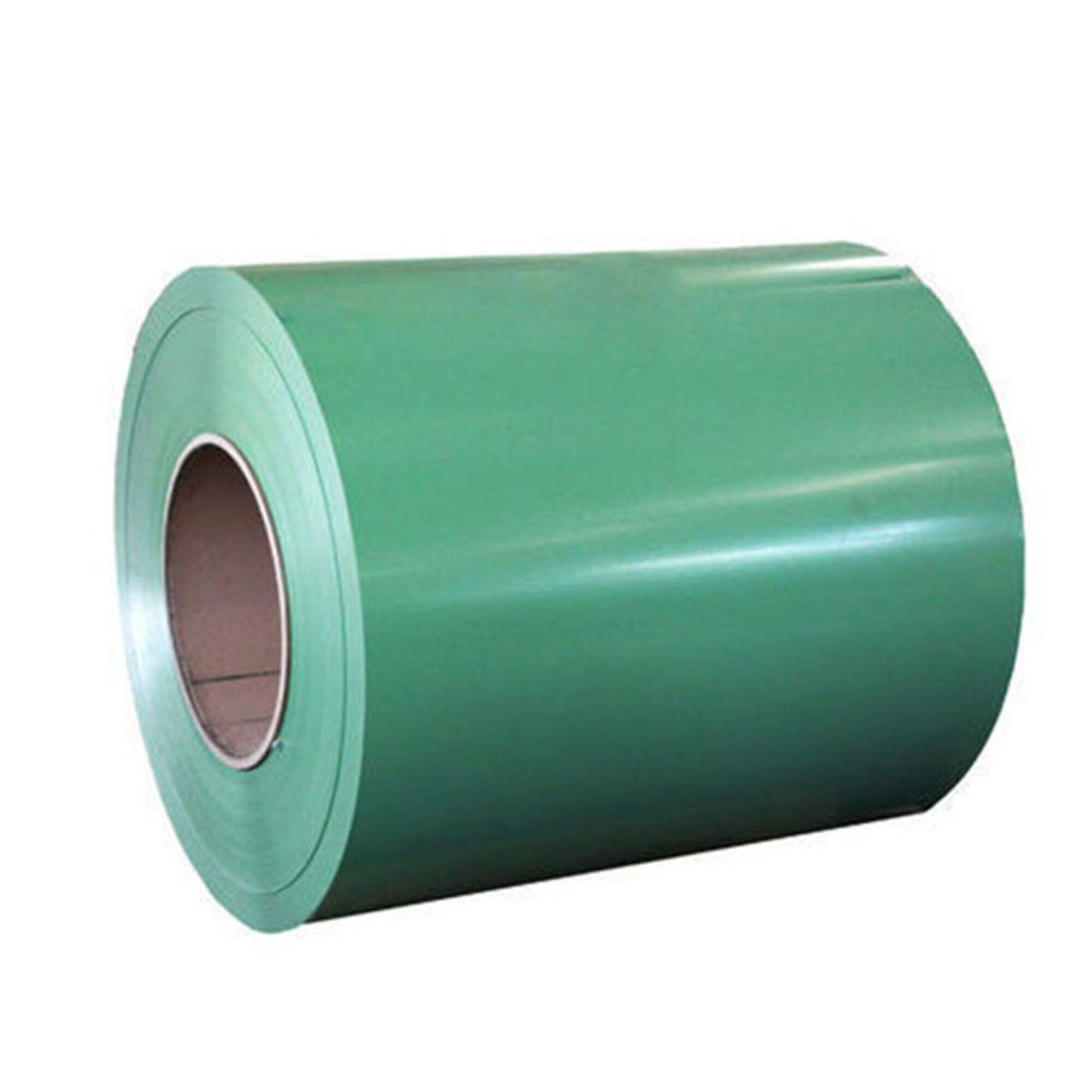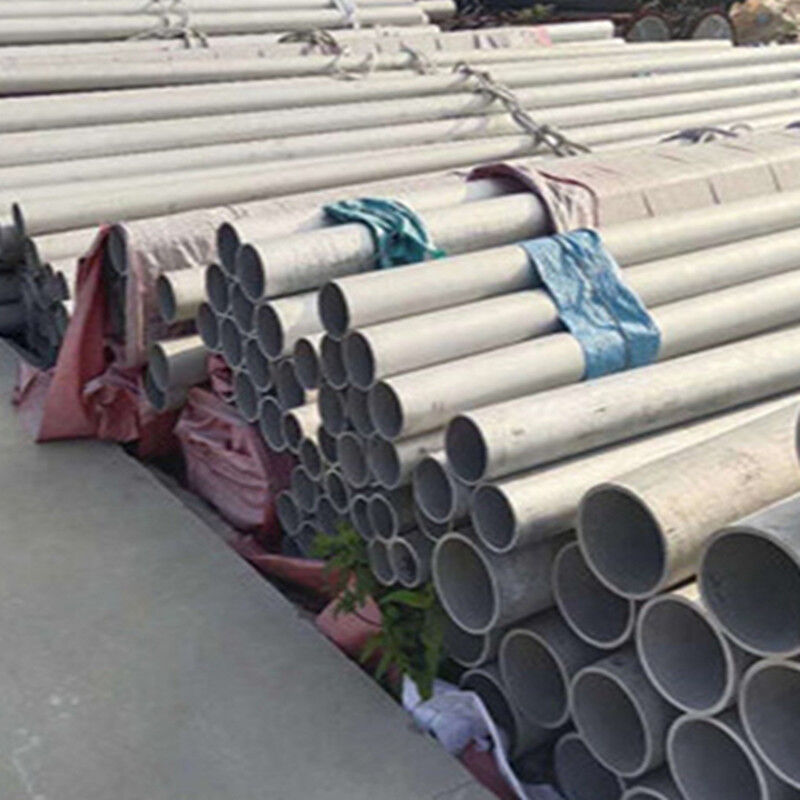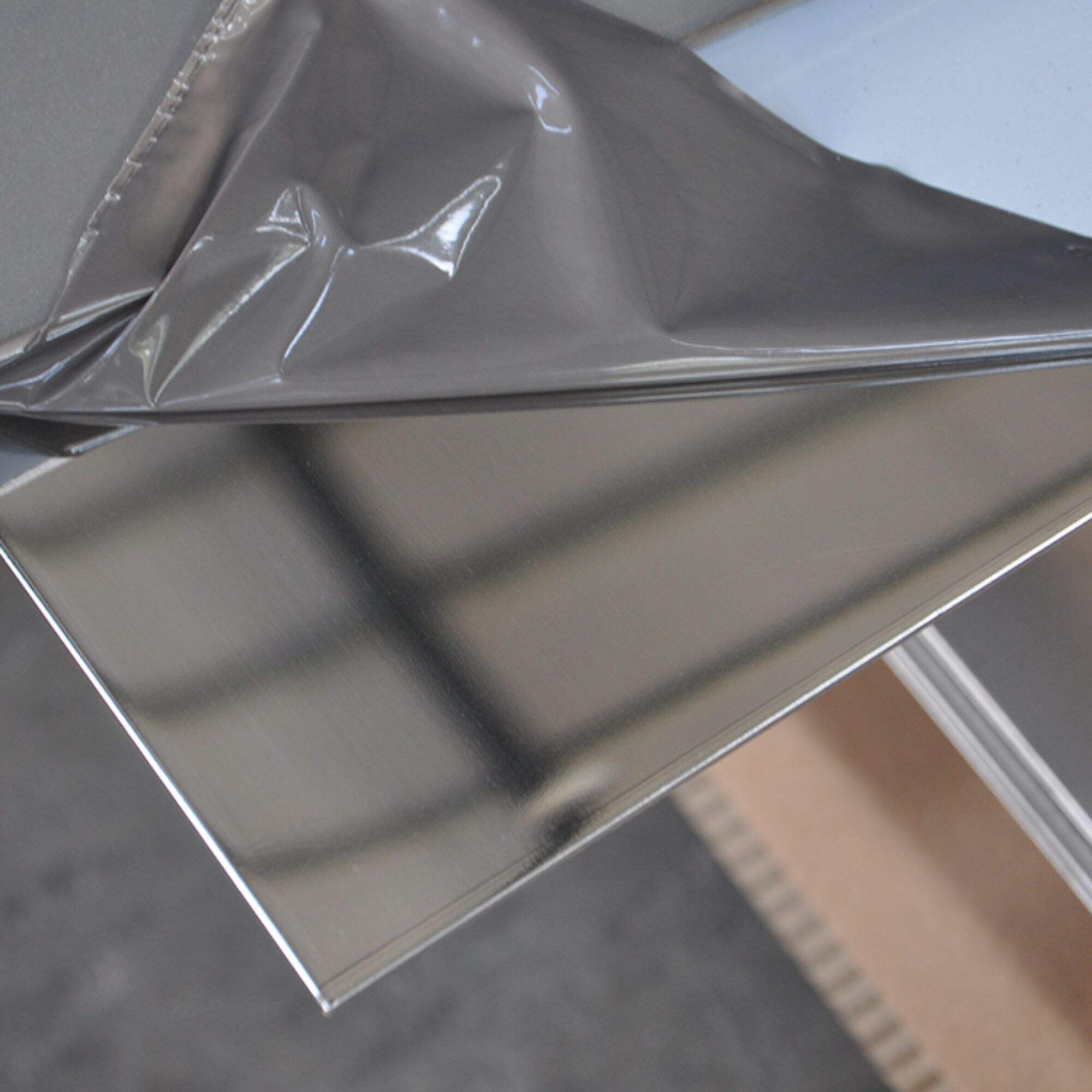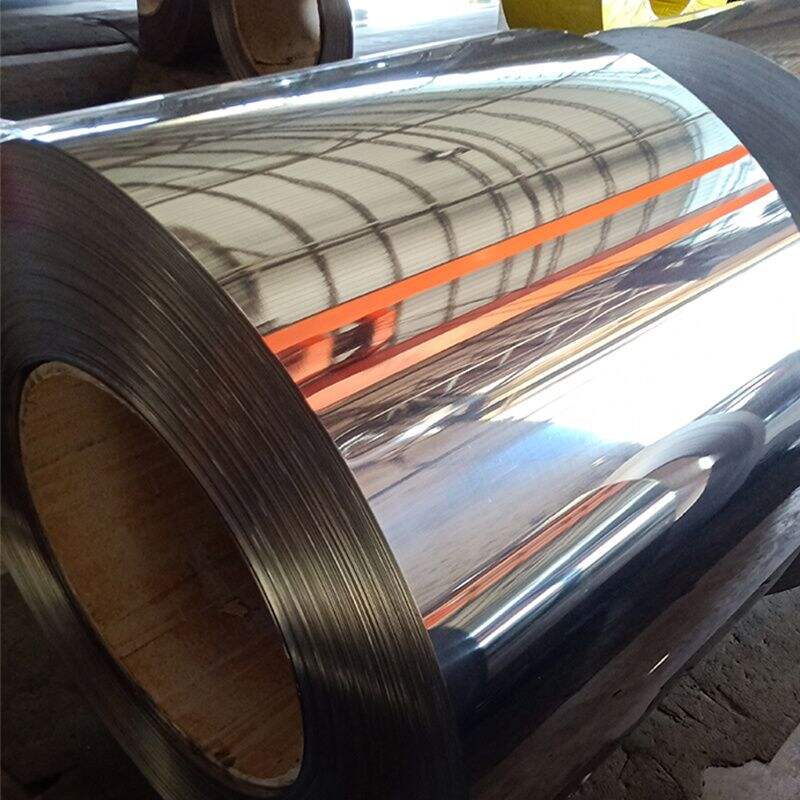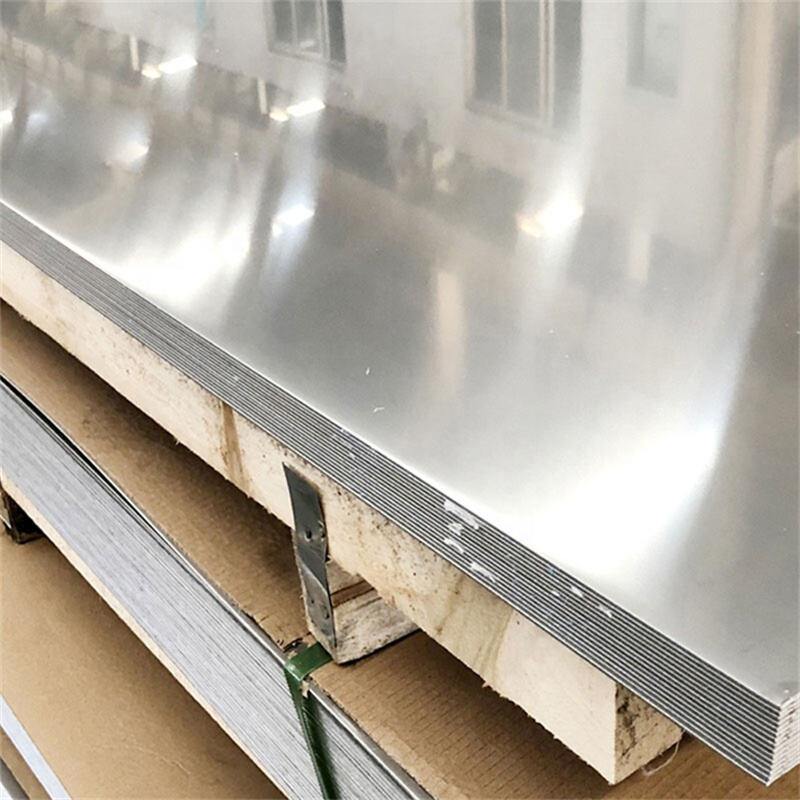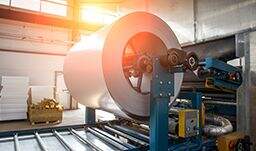Differences between Stainless Steel and Carbon Steel
As two commonly used metals, stainless steel and carbon steel offer you versatile options for a wide range of construction and industrial purposes. Understanding the characteristics of each metal type as well as the differences and functionalities can help you decide which metal type is best for your project requirements.
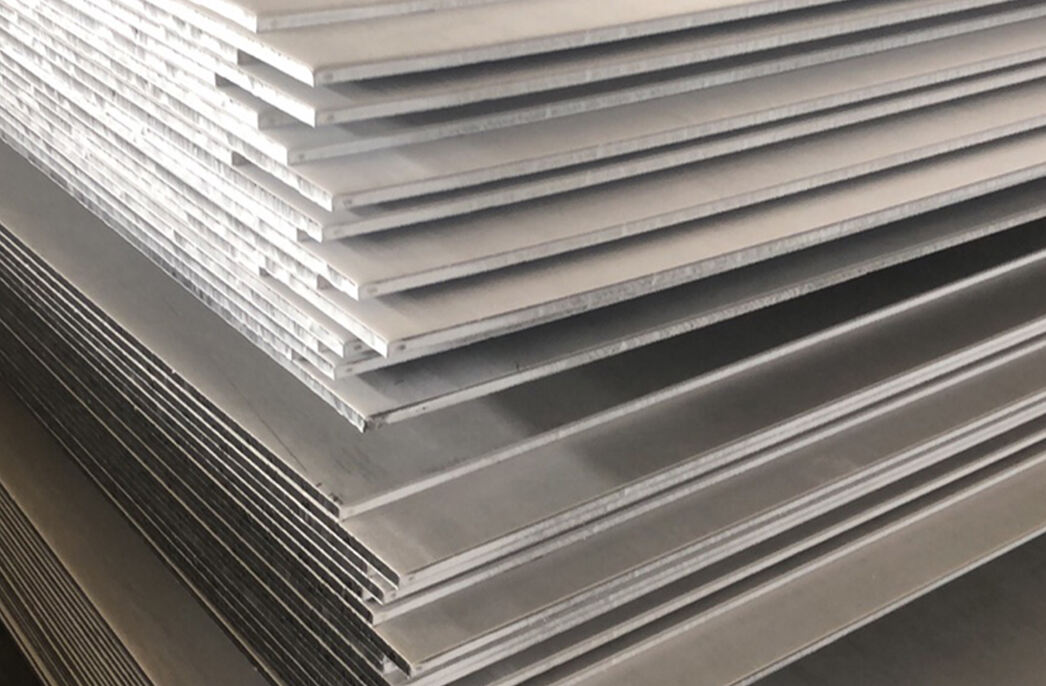
Stainless Steel Characteristics
With at least 10% chromium, stainless steel has a base made of carbon steel and iron. Additional alloying elements can be added in different stainless steel grades. With the addition of chromium, stainless steel is a corrosion resistant metal type with exceptional tensile strength. Other benefits of stainless steel include: stainless steel pipes
Low-temperature resistant
Durable
Long-lasting
Recyclable
Formable and easily fabricated
Polished finishes
Hygienic
Stainless steels can be categorized by type. Stainless steel types include austenitic, ferritic, duplex, martensitic, and precipitation hardened subgroups.
300 series austenitic stainless steel is one of the most common stainless steels due to its versatility.
Stainless Steel Metal Options
Stainless steel products are readily available in a wide range of sizes, finishes and alloys. Common stainless steel metal shapes include:
Stainless Steel Bar
Stainless Steel Sheet & Plate
Stainless Steel Tube
Stainless Steel Pipe
Stainless Steel Angle
Carbon Steel Characteristics
Also known as mild steel, low carbon steel contains carbon and iron. Carbon steels are categorized by their carbon content. low carbon steels containing less than 0.25% carbon, medium carbon steels with 0.25%-0.60% carbon, and high carbon steels containing 0.60%-1.25% carbon. Low carbon steel benefits include:
Economical/affordable
Malleable
Easily machinable
Low carbon steel is lighter than high carbon steel
Carbon Steel Metal Options
Low carbon steel products are available in a wide range of steel grades including 1018, A36, A513, and more. Steel shapes include:
Steel Bar
Steel Sheet & Plate
Steel Tube
Steel Pipe
Steel Structural Shapes
Steel Pre-Cuts
Main Differences between Carbon Steel and Stainless Steel
While both carbon steel and stainless steel comprise of iron and steel, carbon steel includes the addition of carbon whereas stainless steel incudes the addition of chromium. Additional differences between carbon steel and stainless steel include the following:
Stainless steel is corrosion resistant due to the chromium content where carbon steel can corrode and rust.
300 series stainless steel is non-magnetic and carbon steel is magnetic.
Stainless steel has a bright finish whereas carbon steel has a matte finish.
Is Carbon Steel or Stainless Steel Stronger?
With the inclusion of carbon properties, carbon steel is stronger than stainless steel. Carbon steel is also harder and more durable than stainless steel. The downfall of steel is that it oxidizes when exposed to moisture which make it prone to rust. Stainless steel is corrosion resistant, with better ductility than carbon steel.
When to Use Stainless Steel
Due to its hygienic properties and corrosion resistance, stainless steel is suitable for the following applications:
Commercial kitchen equipment
Aerospace components
Marine fasteners
Automotive parts
Chemical processing
When to Use Carbon Steel
Carbon steel is ideally suited for a variety of commercial and industrial applications, including:
Building and Construction
Bridge components
Automotive components
Machinery applications
Pipes
Recommended Products
Hot News
-
Emerging Trends in the Steel Industry
2024-07-25
-
Steel Recycling: A Sustainable Approach
2024-07-19
-
The Advantages of Stainless Steel
2024-07-12
-
Understanding the Different Types of Steel
2024-07-05
-
The Importance of Steel in Construction
2024-07-02
-
Future Prospects and Growth Opportunities in the Steel Industry
2024-06-28
-
Market Dynamics and Economic Influences on the Steel Sector
2024-06-16
-
Challenges and Strategies in Achieving Sustainability in the Steel Industry
2024-05-26
-
Technological Advancements Driving Efficiency in the Steel Sector
2024-05-03
-
Current State and Future Trends in the Steel Industry
2024-04-23

 EN
EN
 AR
AR
 BG
BG
 HR
HR
 CS
CS
 DA
DA
 NL
NL
 FI
FI
 FR
FR
 DE
DE
 EL
EL
 HI
HI
 IT
IT
 JA
JA
 KO
KO
 NO
NO
 PL
PL
 PT
PT
 RO
RO
 RU
RU
 ES
ES
 SV
SV
 CA
CA
 TL
TL
 IW
IW
 ID
ID
 LV
LV
 LT
LT
 SR
SR
 SK
SK
 UK
UK
 VI
VI
 SQ
SQ
 HU
HU
 TH
TH
 TR
TR
 GA
GA
 IS
IS
 AZ
AZ
 BN
BN
